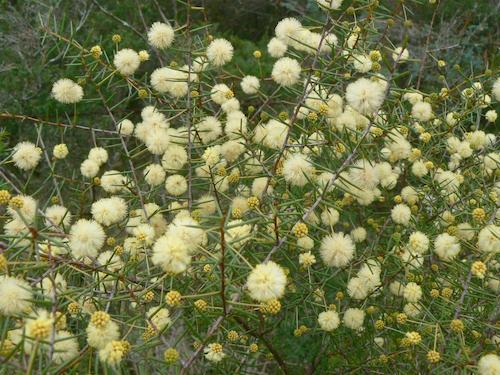
Plant Adaptations
STEMLinc Video Conferencing: Plants are living things that are often overlooked or simply taken for granted, but in fact they are remarkable organisms with many amazing features that help them thrive all over the world. Nearly all land plants are literally rooted to the spot for their entire lives, so they can’t run away or otherwise defend themselves from predators and all the other things that their environment throws at them. Nevertheless, they are clearly excellent at surviving, and we explore the fascinating ways they do so. Join Professor Noah Lott as he explores the amazing ways that plants adapt and thrive in their environment. (Image: Ecolinc)
Year Level: 3 – 4
Duration: 1 hour
STEM in a box:
No, but students will need to pick any leaf from their garden just before the class, and have a piece of scrap A4 paper, scissors and a paperclip or adhesive tape on-hand.
Background Information:
Plants have no muscles and nervous system, so are unable to move or respond to any attack on their parts. They face a number of threats to their survival, including weather and climate, soil type, bushfires and other natural disasters, and herbivorous predators. And like all living things, they need to grow and reproduce, dispersing their offspring in a fashion that enables them to have the best chance of surviving themselves. Students explore the issues of survival in the form of a Kahoot quiz hosted by the presenter.
Prior Knowledge:
No previous knowledge required, but it would be useful for students to be familiar with the four main parts of plants (roots, stem, leaves, flowers) and their roles in keeping the plant alive.
Learning Intentions:
In this program students will:
- Become aware of the challenges plants face in their environment
- Learn about the adaptation that plants have to survive these challenges.
Activities:
In this program students will:
- Take part in a Kahoot quiz, aimed as a learning exercise rather than a test of knowledge
- Construct a paper helicopter to illustrate a particular method of seed dispersal.
Victorian Curriculum:
Science – Biological sciences
- Living things can be grouped on the basis of observable features and can be distinguished from non-living things (VCSSU057)
- Different living things have different life cycles and depend on each other and the environment to survive (VCSSU058)
Technologies – Engineering principles and systems
- Investigate how forces and the properties of materials affect the behaviour of a designed solution(VCDSTC024)
IMPORTANT: Cancellation Policy
- When you book you will receive an automated message from Eventbrite. Save this carefully please.
- Any cancellations need to be received in time for STEMLinc to re-sell your tickets to other teachers.
- Please use the Eventbrite confirmation email to facilitate any cancellation of your booking. That will automatically release your ticket for re-sale on our system.
| Date and Time | Ticket available | Booking link |
|---|
| Term | Lesson Date/time | Click to book (Note 1 ticket = a class of 25 students) |
